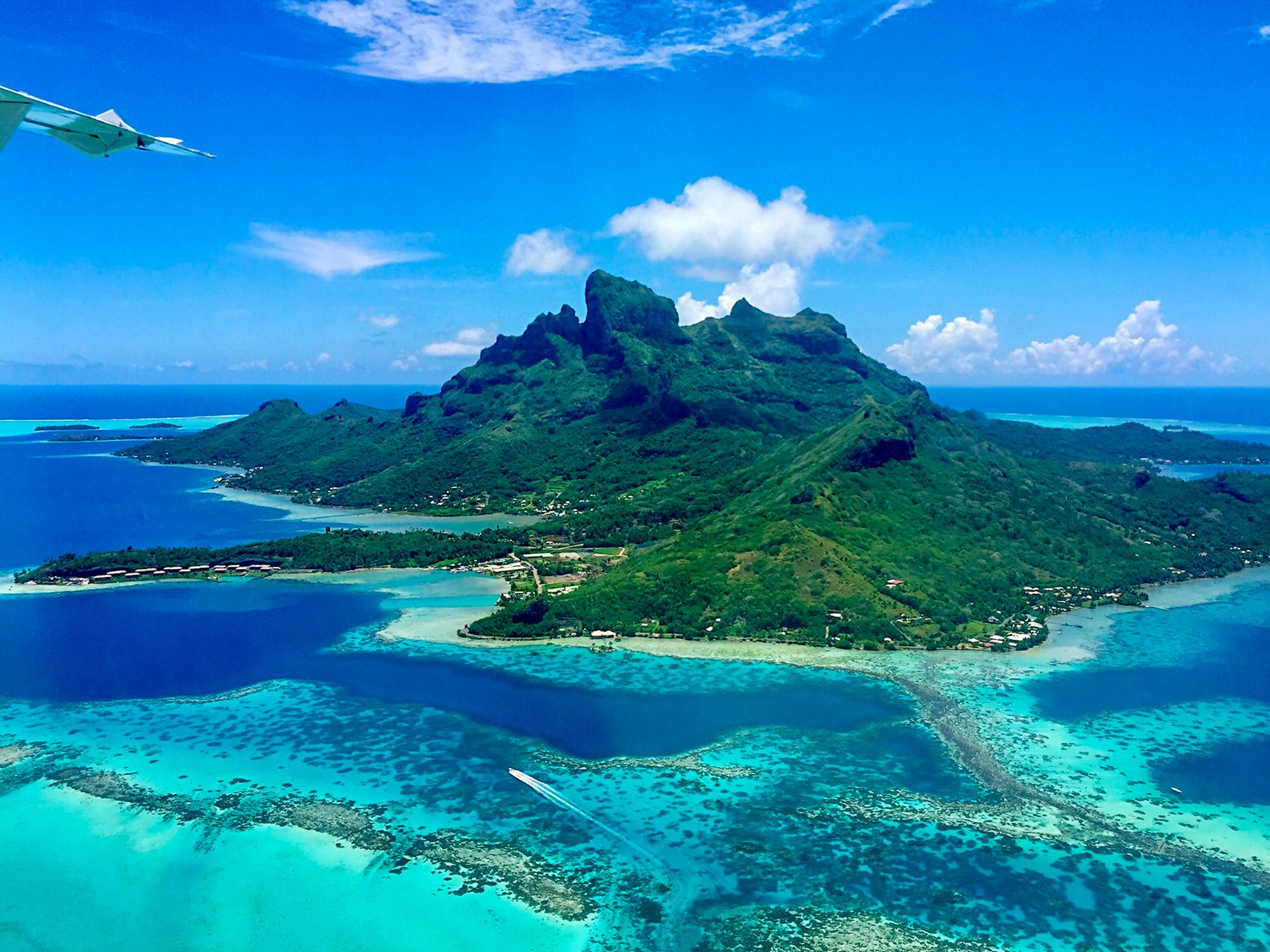Stamp: Decepción Island - Decepción Base (Argentina 2016)
Decepción Island - Decepción Base (Argentina 2016)
04 October (Argentina ) within release 25 aniv. Protocol to the Antarctic Treaty goes into circulation Stamp Decepción Island - Decepción Base face value 11 Argentine peso
| Stamp Decepción Island - Decepción Base in catalogues | |
|---|---|
| Gz (Cefiloza): | Gz: AR Bl144.1 |
Stamp is horizontal format.
From miniature sheetAlso in the issue 25 aniv. Protocol to the Antarctic Treaty:
- Mini Sheet - Antarctic face value 2*11;
- Stamp - Punta Cierva - Primavera Base face value 11;
- Stamp - Decepción Island - Decepción Base face value 11;
Stamp Decepción Island - Decepción Base it reflects the thematic directions:
An island or isle is a piece of land, distinct from a continent, completely surrounded by water. There are continental islands, which were formed by being split from a continent by plate tectonics, and oceanic islands, which have never been part of a continent. Oceanic islands can be formed from volcanic activity, grow into atolls from coral reefs, and form from sediment along shorelines, creating barrier islands. River islands can also form from sediment and debris in rivers. Artificial islands are those made by humans, including small rocky outcroppings built out of lagoons and large-scale land reclamation projects used for development.
A landscape is the visible features of an area of land, its landforms and how they integrate with natural or man-made features. A landscape includes the physical elements of geophysically defined landforms such as (ice-capped) mountains, hills, water bodies such as rivers, lakes, ponds and the sea, living elements of land cover including indigenous vegetation, human elements including different forms of land use, buildings and structures, and transitory elements such as lighting and weather conditions. Combining both their physical origins and the cultural overlay of human presence, often created over millennia, landscapes reflect a living synthesis of people and place that is vital to local and national identity. The character of a landscape helps define the self-image of the people who inhabit it and a sense of place that differentiates one region from other regions. It is the dynamic backdrop to people’s lives. Landscape can be as varied as farmland, a landscape park, or wilderness. The earth has a vast range of landscapes, including the icy landscapes of polar regions, mountainous landscapes, vast arid desert landscapes, islands and coastal landscapes, densely forested or wooded landscapes including past boreal forests and tropical rainforests, and agricultural landscapes of temperate and tropical regions.
A treaty is a formal, legally binding written agreement between sovereign states and/or international organizations that is governed by international law. A treaty may also be known as an international agreement, protocol, covenant, convention, pact, or exchange of letters, among other terms; however, only documents that are legally binding on the parties are considered treaties under international law. Treaties may be bilateral (between two countries) or multilateral (involving more than two countries).



